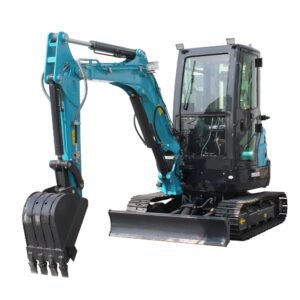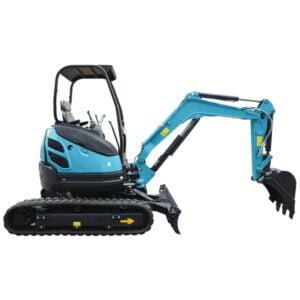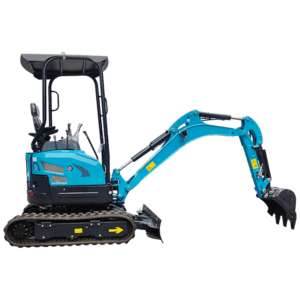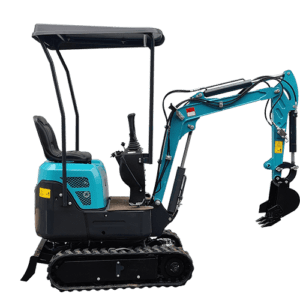بريد الالكتروني: [email protected] واتساب: 8618266768780
سرعة الحفارة: العوامل المؤثرة على الأداء
مرحباً بكم في مدونتي!
قبل أن نتعمق في المحتوى، أود منك الانضمام إليّ على منصات التواصل الاجتماعي الخاصة بي حيث أشارك المزيد من الأفكار وأتواصل مع المجتمع وأنشر التحديثات. إليك كيفية التواصل معي:
فيسبوك: https://www.facebook.com/profile.php?id=100072217509763
لينكدإن: https://www.linkedin.com/company/74949059/admin/dashboard/
يوتيوب:www.youtube.com/@tractormanufacturer-lc5qz،www.youtube.com/@excavatormanufacturers-sn9hk
تيك توك: www.tiktok.com/@tractormanufacturer, www.tiktok.com/@excavatormanufacturers
الآن، لنبدأ رحلتنا معًا. أتمنى أن تجد المحتوى هنا مفيدًا وجذابًا وقيمًا.
مقدمة
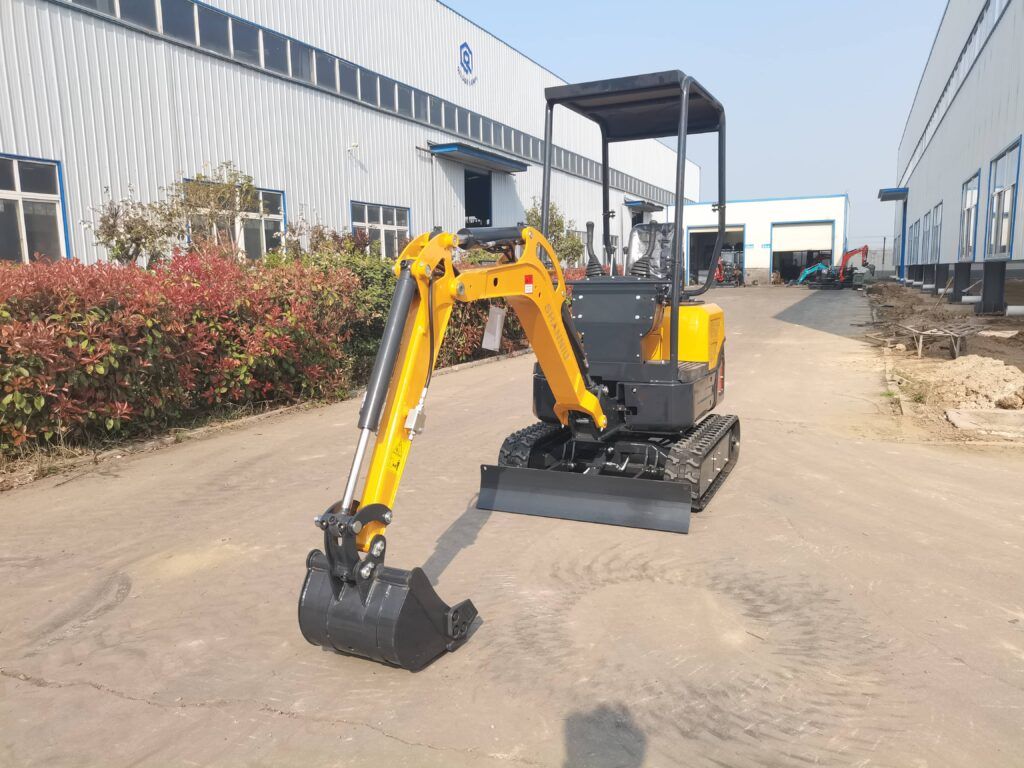
فهم سرعة الحفارة
تُعد سرعة الحفارة مقياسًا بالغ الأهمية للأداء يؤثر بشكل مباشر على الإنتاجية في مواقع البناء. وتتأثر بتفاعل معقد من العوامل، بما في ذلك تصميم الآلة ومهارة المشغل ومتطلبات الوظيفة المحددة. ستتناول هذه المقالة العناصر الرئيسية التي تساهم في سرعة الحفارة وتوفر رؤى حول كيفية تحسين الأداء.
العوامل المؤثرة سرعة الحفارة
هناك العديد من العوامل التي تؤثر على سرعة الحفارة
السرعة التي تؤدي بها الحفارة مهامها هي تفاعل معقد بين عوامل عديدة. بدءًا من التصميم الداخلي للآلة ووصولًا إلى الظروف الخارجية لموقع العمل، يُسهم كل عنصر في الأداء العام. يمكن تصنيف هذه العوامل بشكل عام إلى عناصر متعلقة بالآلة، وعناصر متعلقة بالمشغل، وعوامل بيئية.
كشف العوامل وراء سرعة الحفارات
سرعة الحفارات، وهي مقياس أساسي لإنتاجية الإنشاءات، تتأثر بمجموعة متنوعة من العوامل المترابطة. يمكن تصنيف هذه العوامل إلى تصميم الآلة، وظروف التشغيل، والتأثيرات البيئية. فهم هذه العوامل ضروري لتحسين أداء الحفارات وزيادة إنتاجيتها في مواقع البناء.
المتغيرات العديدة التي تؤثر على أداء الحفارة
سرعة الحفار ليست قيمة ثابتة، بل هي متغير ديناميكي يتأثر بعوامل متعددة. يمكن تصنيف هذه العوامل في ثلاث فئات رئيسية: تصميم الآلة، ومهارة المشغل، وظروف الموقع. من خلال التعمق في هذه الفئات، يمكننا فهم العناصر التي تساهم في سرعة الحفارة وكفاءتها بشكل أعمق.
كفاءة النظام الهيدروليكي
تحسين كفاءة النظام الهيدروليكي لتحقيق أقصى أداء للحفارة
يلعب النظام الهيدروليكي، شريان الحياة للحفارة، دورًا محوريًا في تحديد الأداء العام للآلة. تتأثر كفاءته بتفاعل معقد من العوامل، بما في ذلك تصميم المضخة، وتكوين الصمامات، وخصائص السوائل. يضمن النظام الهيدروليكي المُحسَّن جيدًا الحد الأدنى من فقدان الطاقة، وسرعة الاستجابة، والتحكم الدقيق في حركة الحفارة.
تأثير كفاءة النظام الهيدروليكي على سرعة الحفارة
كفاءة النظام الهيدروليكي للحفارة عاملٌ مُحددٌ مباشرٌ لسرعة تشغيلها. فالنظام الهيدروليكي المُصمم والمُحافظ عليه على النحو الأمثل يُقلل من انخفاض الضغط، ويُقلل من التسرب الداخلي، ويضمن تدفقًا فعالًا للسوائل. تُسهم هذه العوامل بشكلٍ مباشرٍ في تسريع دورات العمل وزيادة الإنتاجية.
التعمق في كفاءة النظام الهيدروليكي
كفاءة النظام الهيدروليكي عاملٌ حاسمٌ في سرعة الحفارات. عواملٌ مثل إزاحة المضخة، وتصميم بكرة الصمام، ولزوجة السائل، جميعها تؤثر على قدرة النظام على تحويل الطاقة الهيدروليكية إلى عمل ميكانيكي. ويمكن أن يؤدي تحسين هذه العوامل إلى تحسيناتٍ كبيرةٍ في أداء الحفارات.
تصميم الهيكل السفلي
الدور الحاسم لتصميم الهيكل السفلي في أداء الحفارة
يُعدّ هيكل الحفارة، الذي غالبًا ما يُغفل عنه، عنصرًا أساسيًا يؤثر بشكل مباشر على استقرارها وقدرتها على المناورة وأدائها العام. وتؤثر عوامل مثل نوع الجنزير، وتكوين الأسطوانة، ونمط التلامس مع الأرض بشكل كبير على قدرة الحفارة على عبور مختلف التضاريس وتحمل ظروف العمل الشاقة.
تحسين أداء الحفارة من خلال تصميم الهيكل السفلي
يُعد تصميم الهيكل السفلي جانبًا متعدد الجوانب في هندسة الحفارات، إذ يؤثر بشكل كبير على سرعة الآلة واستقرارها ومتانتها. ومن خلال مراعاة عوامل مثل عرض المسار، وتباعد البكرات، وضغط الأرض، يمكن للمصنعين تصميم الهياكل السفلية لتناسب تطبيقات وظروف تشغيل محددة.
نظرة متعمقة في تصميم الهيكل السفلي
هيكل الحفارة ليس مجرد هيكل دعم؛ بل هو نظام مُصمم بدقة يُمكّن الآلة من أداء مهامها بكفاءة. يؤثر تصميم هيكل الحفارة، بما في ذلك مكوناته كالجنازير والبكرات والعجلات المسننة، بشكل مباشر على عوامل مثل قوة الجر، والخلوص الأرضي، ونصف قطر الدوران.
اختيار أداة العمل
تخصيص أدوات العمل للمهمة المطروحة
يُعد اختيار أداة العمل المناسبة للحفارة قرارًا حاسمًا يؤثر بشكل كبير على إنتاجيتها وكفاءتها. يجب مراعاة عوامل مثل المادة المراد حفرها، والنتيجة المرجوة، وبيئة العمل بعناية عند اختيار أداة العمل. تتوفر مجموعة واسعة من الملحقات، كل منها مصمم لتحسين الأداء في تطبيقات محددة.
تأثير اختيار أداة العمل على أداء الحفارة
يُعد اختيار أداة العمل جانبًا أساسيًا في تشغيل الحفارات. فاختيار أداة العمل المناسبة يُحسّن الإنتاجية بشكل كبير، ويُخفّض تكاليف التشغيل، ويُحسّن الكفاءة العامة للآلة. من الدلاء إلى الكسارات، يتأثر اختيار الملحقات بعوامل مثل المادة المُستخدمة، والقوة المطلوبة، ومستوى الدقة المطلوب.
اختيار الأداة المناسبة للوظيفة
يُبرز تنوع أدوات العمل المتاحة للحفارات تعدد استخداماتها. ومع ذلك، يُعد اختيار الأداة المناسبة لكل مهمة أمرًا أساسيًا لتحقيق الأداء الأمثل. وتلعب عوامل مثل كثافة المادة، وعمق الحفر المطلوب، واللمسة النهائية المطلوبة، دورًا في اختيار الأداة.
مهارة المشغل
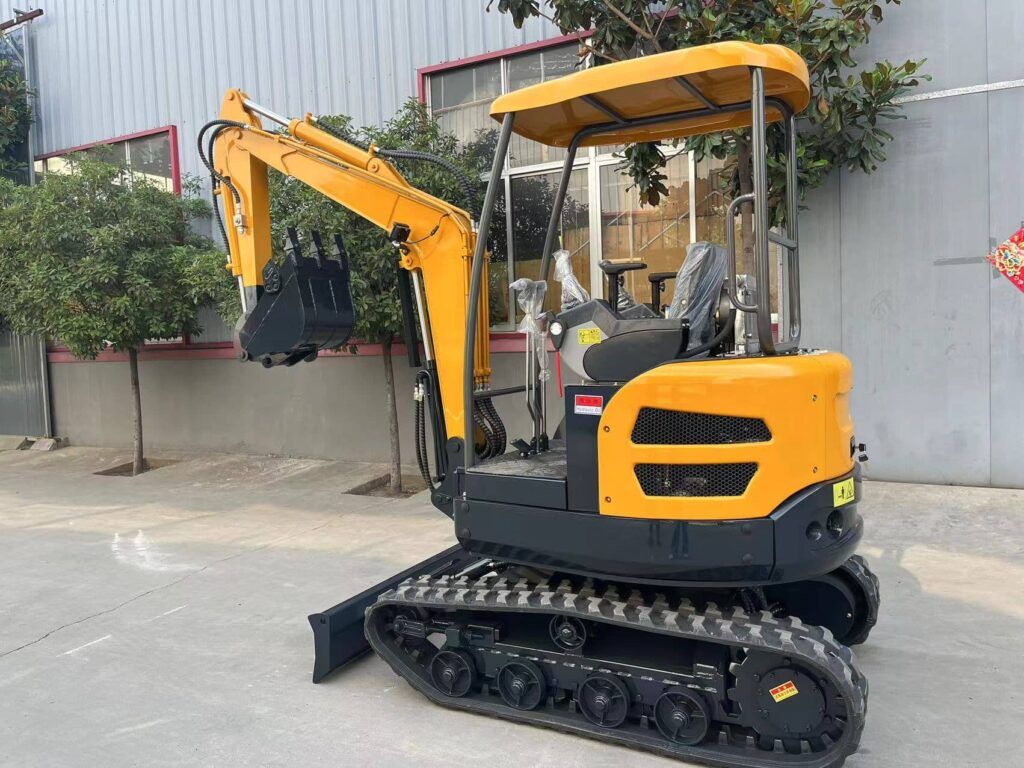
العامل البشري: تأثير مهارة المشغل
بينما تلعب الآلة نفسها دورًا حاسمًا في أداء الحفر، فإن مهارة وخبرة المُشغّل لا تقلان أهمية. يُمكن للمُشغّل الماهر تعظيم إمكانات حتى أبسط الآلات، بينما يُمكن للمُشغّل المبتدئ أن يُقلّل بسرعة من كفاءة حفارة عالية الأداء. تُساهم عوامل مثل الخبرة والتدريب وفهم ضوابط الآلة في مهارة المُشغّل.
ما وراء الآلة: أهمية كفاءة المشغل
المشغل هو حلقة الوصل بين الآلة والمهمة الموكلة إليه. يؤثر مستوى مهارته بشكل مباشر على إنتاجية الحفارة وسلامتها وكفاءتها الإجمالية. عوامل مثل معرفة أدوات التحكم في الآلة، وفهم ظروف الأرض، والقدرة على تخطيط تسلسل العمل، كلها عوامل تساهم في كفاءة المشغل.
العنصر البشري في الحفريات
يُعدّ العامل البشري عنصرًا أساسيًا في تشغيل الحفارات. يستطيع المشغّل الماهر إجراء تعديلات دقيقة على أدوات التحكم في الآلة، مما يُحسّن الأداء بشكل ملحوظ. كما تُسهم عوامل مثل التنسيق بين اليد والعين، والوعي المكاني، والقدرة على حل المشكلات، في مهارة المشغّل.
تحسين سرعة الحفارة
- الصيانة الدورية: ستعمل الحفارة التي يتم صيانتها جيدًا بكفاءة وموثوقية أكبر.
- جودة السوائل الهيدروليكية: إن استخدام سائل هيدروليكي عالي الجودة والالتزام بفواصل الخدمة الموصى بها يمكن أن يمنع حدوث مشكلات في الأداء.
- تدريب المشغل: إن توفير التدريب المنتظم للمشغلين يمكن أن يحسن مهاراتهم وسلامتهم.
- مطابقة الآلة للمهمة: اختيار الحفارة المناسبة أمر بالغ الأهمية. فالآلات كبيرة الحجم أو صغيرة الحجم قد تؤدي إلى انخفاض الإنتاجية.
استنتاج
سرعة الحفارات موضوعٌ معقدٌ يتأثر بمتغيراتٍ عديدة. بفهم العوامل المؤثرة على السرعة وتطبيق استراتيجياتٍ لتحسين الأداء، يمكن للمقاولين تحسين الإنتاجية وخفض التكاليف. الصيانة الدورية، وتدريب المُشغّل، والاختيار الصحيح للآلات، كلها أمورٌ أساسيةٌ لتحقيق أقصى كفاءةٍ للحفارات.
التعليمات
- ما هو الأسرع حفارة في العالم؟
لا توجد إجابة قاطعة على هذا السؤال، إذ تختلف السرعة باختلاف المهمة والظروف. مع ذلك، صُممت بعض الحفارات عالية الأداء لتحقيق السرعة والكفاءة. - كيف يمكنني زيادة سرعة الحفارة الخاصة بي؟
هناك عدة عوامل تؤثر على سرعة الحفارة، منها قوة المحرك، وكفاءة النظام الهيدروليكي، ومهارة المشغل. لزيادة السرعة، يُنصح بتحديث المحرك، وتحسين النظام الهيدروليكي، وتوفير تدريب إضافي للمشغلين. - ما هو الفرق بين سرعة الحفر وسرعة السفر؟
تشير سرعة الحفر إلى المعدل الذي تستطيع به الحفارة الحفر وتحميل المواد، بينما تشير سرعة السفر إلى السرعة التي تستطيع بها الحفارة التحرك من مكان إلى آخر.
معلومات عنا
شركة Shandong Qilu Industrial Co. ، Ltd. هي شركة مصنعة ومصدرة محترفة تدمج تطوير وإنتاج الحفارات واللوادر والجرارات. نحن نقدم أفضل خدمة ، بالتأكيد.
المشاركات الاخيرة
فيديو تجريبي
-1.png)
اتصل بنا اليوم!
اي سؤال او اقتباس او استفسار؟ انقر فوق الزر لإرسال رسالة.
سوف Qilu Industrial دائمًا هنا للمساعدة.

